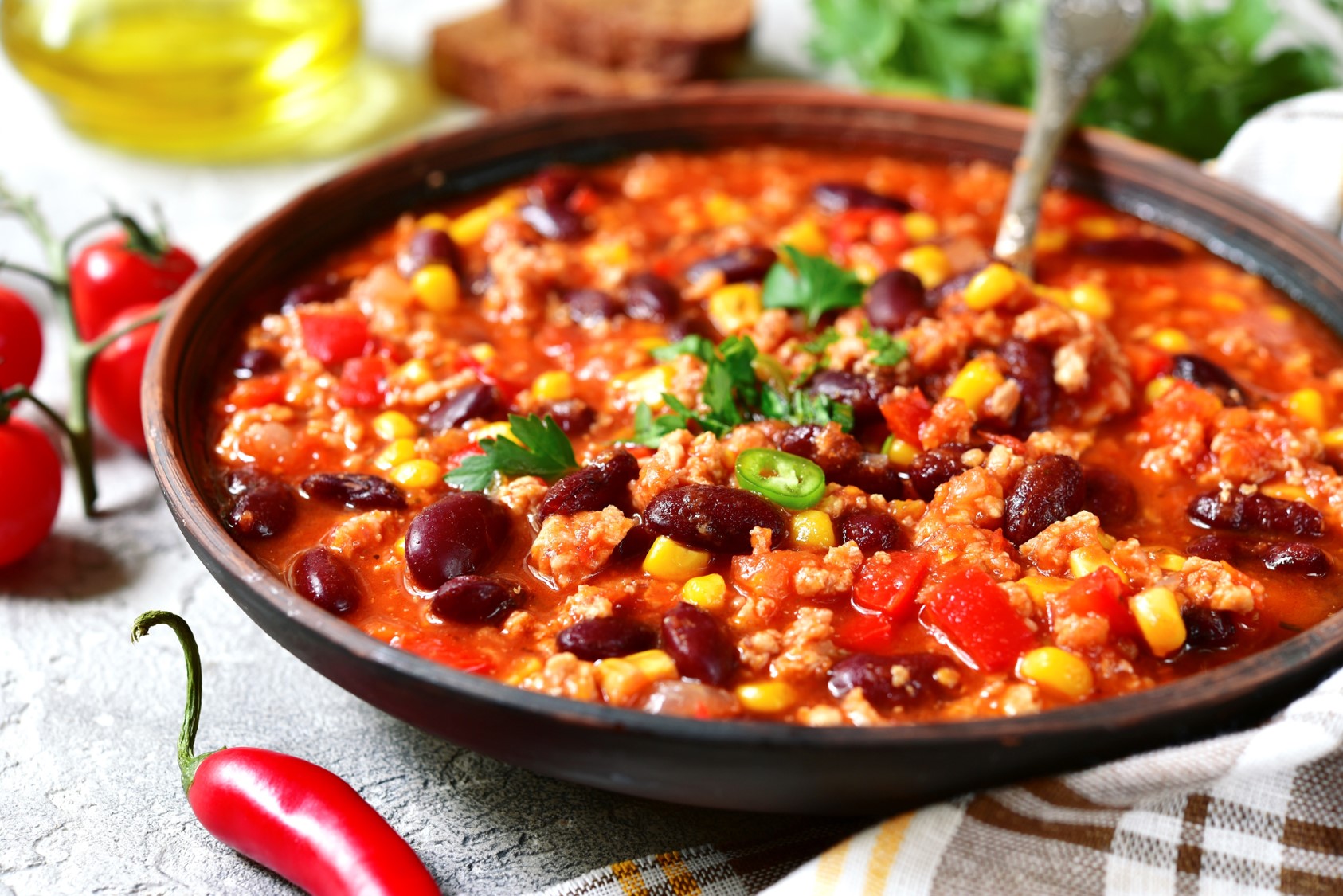- LIFE
Deliciously Moist Brownie Zucchini Recipe


Chili, with its robust flavors and heartwarming appeal, is a beloved dish that offers comfort in every bite. Whether you’re rushing to prepare a quick meal on a busy weeknight or savoring the process of crafting a classic dish from scratch, making chili can be both satisfying and straightforward. This guide will walk you through the essentials of creating mouthwatering chili, from selecting the right ingredients to mastering various methods of preparation.
For those nights when time is of the essence, a quick chili recipe can be a lifesaver. This version focuses on simplicity without sacrificing flavor, making it perfect for a speedy yet satisfying dinner.
This traditional beef chili recipe is perfect for those who enjoy the process of cooking and the depth of flavor that comes with simmering chili over a longer period.
The foundation of a good chili lies in its ingredients. Understanding the role each component plays can elevate your dish from good to unforgettable.
Ground beef is a staple in many chili recipes. Opt for a blend with a bit of fat, such as 80/20, to ensure your chili is flavorful and moist. Leaner cuts may result in a drier texture.
Chili powder is the heart of the dish, providing its signature heat and depth. Experiment with different blends to find the perfect balance of spice and flavor for your palate.
Kidney beans add a hearty texture and nutritional value to chili. Rinse canned beans thoroughly to remove excess sodium before adding them to the pot.
Tomato paste can intensify the flavor of your chili, adding a rich, umami quality. Incorporate it early in the cooking process to allow it to meld with other ingredients.
For those who prefer a hands-off approach, slow cooker chili is an excellent option. It allows flavors to develop over time, resulting in a deeply satisfying dish.
Chili is a versatile dish that welcomes creativity. Consider these variations to add a unique twist to your classic recipe.
For an extra kick, incorporate chili flakes into your recipe. Adjust the amount based on your spice tolerance.
Swap out the meat for a medley of vegetables such as bell peppers, zucchini, and mushrooms. Use vegetable broth to keep it vegetarian-friendly.
Enhance your chili experience with a variety of toppings. Sour cream, shredded cheese, and chopped cilantro are popular choices that add flavor and texture.
Even seasoned cooks can encounter pitfalls when making chili. Here are some common mistakes and how to fix them:
Overcooked meat can become tough. To remedy this, ensure you’re cooking at a low simmer and check the meat’s tenderness periodically.
If your chili turns out too spicy, add a dollop of sour cream or a splash of lemon juice to balance the heat.
Chili is an ideal make-ahead dish that stores well. Allow it to cool completely before transferring to airtight containers. It can be refrigerated for up to 4 days or frozen for 3 months.
When reheating chili, do so gently to preserve its texture and flavor. Use a low heat setting on the stovetop or microwave, stirring occasionally until heated through.
Creating the perfect chili is a journey that invites experimentation and personal touch. Whether you stick to a classic recipe or explore new variations, the key lies in balancing flavors and enjoying the process. Embrace the warmth and satisfaction that a well-made chili brings to your table, and don’t hesitate to make it your own.